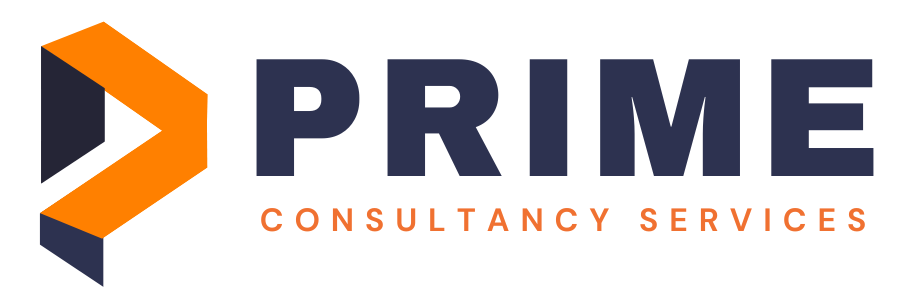-
Business Setup
- Company Registration
- Government Registration
- Government License
- CDSO Registration
Company Registration
Government Registration
Government License
-
Tax & Compliance
- Tax Registration & Filing
- Accounting & Tax
- Secretarial Compliances
-
 Annual Filing of Pvt. Ltd.Company
Annual Filing of Pvt. Ltd.Company
-
 Annual Filing of LLP
Annual Filing of LLP
-
 Section 8 Company Compliance
Section 8 Company Compliance
-
 Nidhi Company Compliance
Nidhi Company Compliance
-
 NBFC Compliance
NBFC Compliance
-
 Change in Object Clause
Change in Object Clause
-
 Removal of Director
Removal of Director
-
 Change in Registered Office
Change in Registered Office
-
 Change in Directors
Change in Directors
-
 Change in Share Capital
Change in Share Capital
-
 Change in LLP Agreement
Change in LLP Agreement
-
 Winding Up of Private Ltd Company
Winding Up of Private Ltd Company
-
 Closing a Limited Liability Partnership
Closing a Limited Liability Partnership
Tax Registration & Filing
Accounting & Tax
Secretarial Compliances
-
Trademark & IP
- Patent
- Copyright
- Trademark
Copyright
-
NGO
- NGO Registration
- NGO Compliance
- Government Affiliations
- Grant & Funding
NGO Registration
NGO Compliance
Government Affiliations
-
Documentation
- Legal Documents
- Business Contracts
- Personal & Family
- Real Estate
- Notices
Legal Documents
Business Contracts
Service Level Agreement
Registration & Compliance
Seamless company and NGO setup
CSR Funding Expertise
Strategic CSR funding guidance
Legal Advisory
Trusted legal support
Expert Partnership
Empowering your journey
Our Work Process
What is a Service Level Agreement (SLA)?
A Service Level Agreement (SLA) is a formal contract between a service provider and a client that defines the quality, scope, and responsibilities of the services to be delivered. It acts as a clear benchmark to ensure both parties understand their commitments, including timelines, deliverables, and acceptable levels of service.
SLAs are essential in sectors such as IT support, software development, telecommunications, and facility management, where service consistency and reliability are crucial. This agreement mitigates misunderstandings, sets expectations upfront, and includes remedies or penalties if service levels are not met.
Our expert drafting ensures your SLA aligns with your business goals, industry standards, and legal requirements, fostering smooth, professional, and accountable service relationships.
✅ Benefits of Service Level Agreement (SLA)
🎯 Provide 7 strong benefit points, written from the client’s perspective.
1️⃣ I clearly understand the scope and quality of services promised
2️⃣ I can hold the provider accountable for performance issues
3️⃣ I reduce risks of service downtime and operational delays
4️⃣ I get documented timelines and communication protocols
5️⃣ I can enforce penalty or compensation clauses for non-compliance
6️⃣ I build stronger trust and transparency with service partners
7️⃣ I customize terms to fit my industry-specific needs
📑 Documents Required for Service Level Agreement (SLA)
📂 List all required documents with relevant emojis and brief explanations.
1️⃣ 📝 Service Description – Detailed outline of services offered
2️⃣ ⏳ Performance Metrics – KPIs, uptime, response, and resolution times
3️⃣ 📆 Duration of Agreement – Start and end dates of the contract
4️⃣ 🤝 Roles & Responsibilities – Duties of client and provider
5️⃣ 💰 Penalty/Compensation Clauses – Terms for breaches or delays
6️⃣ 📜 Legal & Compliance Clauses – Confidentiality, indemnity, and termination
👤 Who Needs a Service Level Agreement (SLA)?
🧾 SLAs are crucial for:
-
IT service providers and software companies
-
Telecommunication firms offering connectivity services
-
Facility management and maintenance companies
-
Cloud and hosting service providers
-
Consultants and outsourcing vendors
-
Any business wanting clear service commitments and accountability
🔄 Process of Creating a Service Level Agreement (SLA)
🔁 Provide a step-by-step explanation of how the service is executed from start to finish.
1️⃣ Gather Requirements – Understand client needs, services, and expectations
2️⃣ Define Service Parameters – Set KPIs, scope, and deliverables
3️⃣ Draft Agreement – Prepare clear, detailed SLA document
4️⃣ Review & Feedback – Share draft with client and incorporate inputs
5️⃣ Finalize & Approve – Obtain signatures from authorized parties
6️⃣ Implement & Monitor – Use SLA as benchmark for service delivery
⏱️ Timeline for Service Level Agreement (SLA)
⏳ Typically, drafting and finalizing an SLA takes 3 to 5 business days, depending on complexity and stakeholder feedback.
Expedited services are available for urgent business requirements.
❓ Frequently Asked Questions (FAQs) about Service Level Agreement (SLA)
1️⃣ What is the main purpose of an SLA?
To clearly define service expectations, responsibilities, and performance standards.
2️⃣ Is an SLA legally binding?
Yes, once signed, it is a legally enforceable contract.
3️⃣ Can I customize the SLA for my business needs?
Absolutely, SLAs are tailored based on industry, service type, and client requirements.
4️⃣ What metrics are typically included in an SLA?
Common metrics include uptime, response time, resolution time, and quality standards.
5️⃣ What happens if the service provider fails to meet SLA terms?
Penalties or compensations, as defined in the agreement, may apply.
6️⃣ Can an SLA be terminated early?
Yes, termination clauses specify the conditions and notice periods.
7️⃣ Does an SLA cover confidentiality?
Yes, confidentiality clauses can be included.
8️⃣ Who drafts the SLA?
Typically, the service provider drafts it, but clients can also request drafts.
9️⃣ Can an SLA be updated?
Yes, through mutual agreement and documented amendments.
🔟 Is an SLA necessary for small businesses?
Yes, it ensures clear expectations and protects both parties regardless of size.


Trusted Guidance with Prime Consultancy
Get expert tips, success stories, global business and NGO opportunities-All in one place. Subscribe now and let Prime Consultancy Services guide your journey to success.



